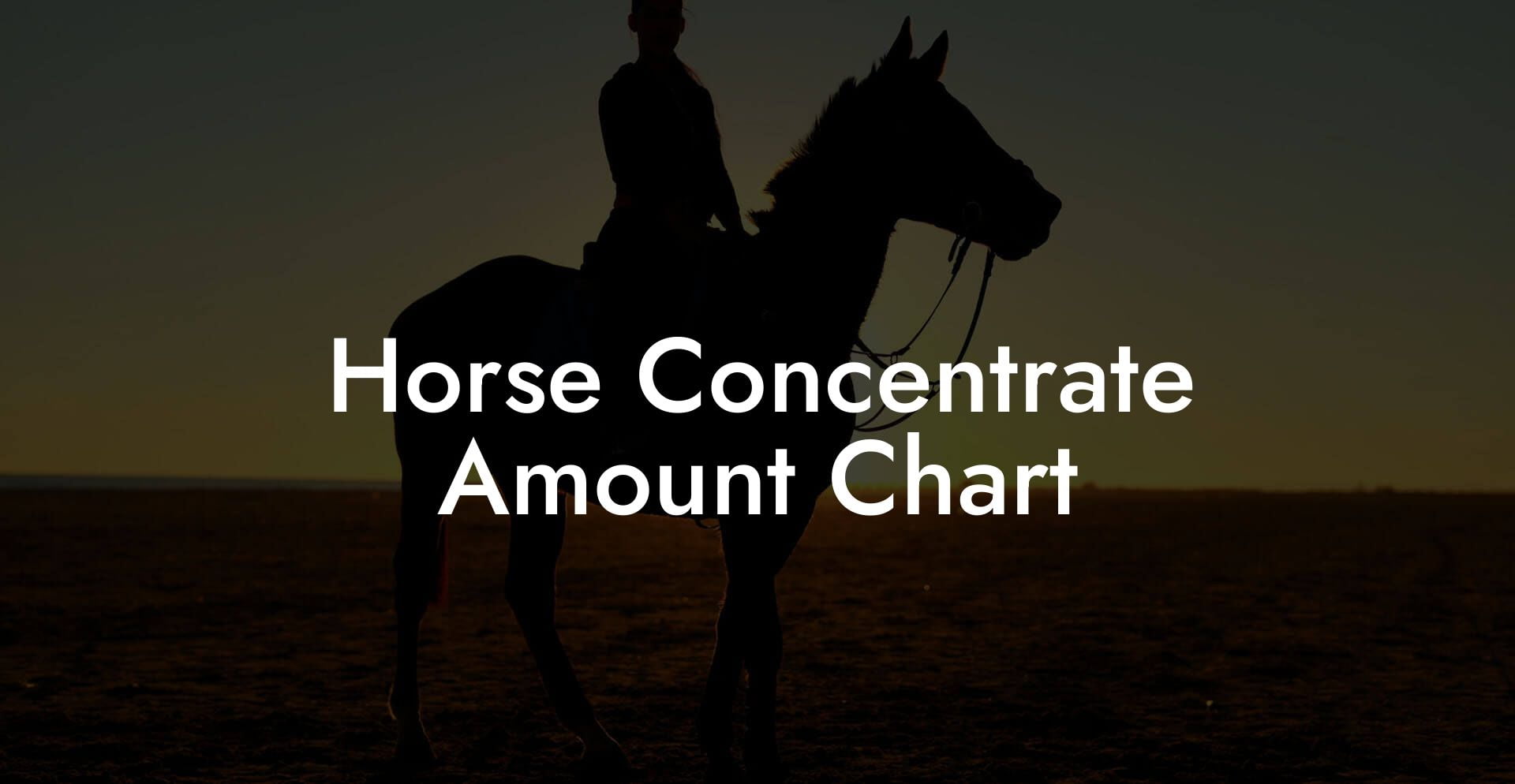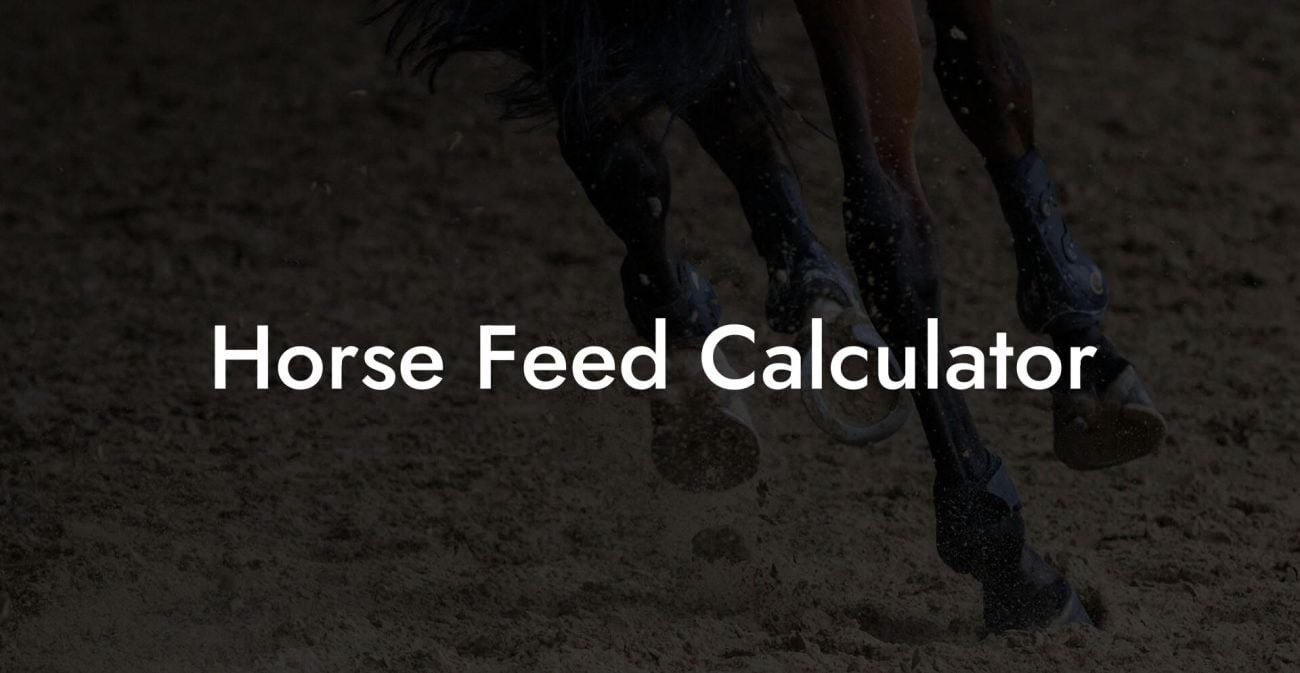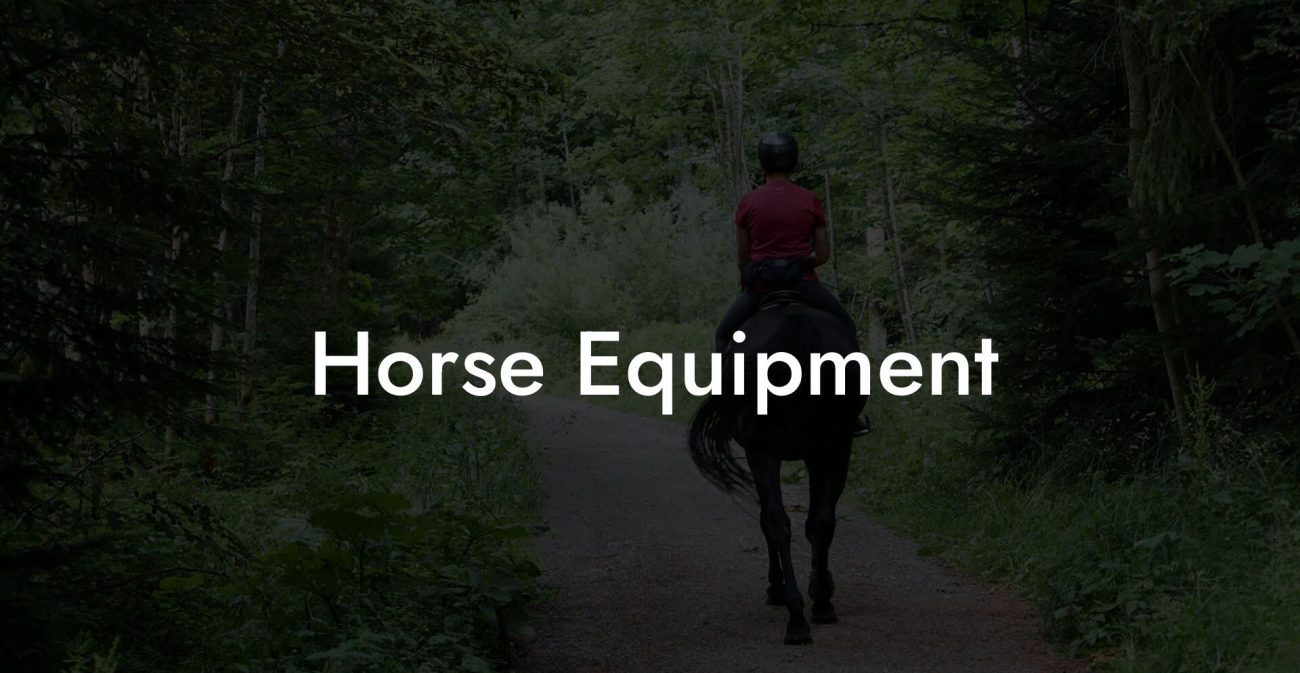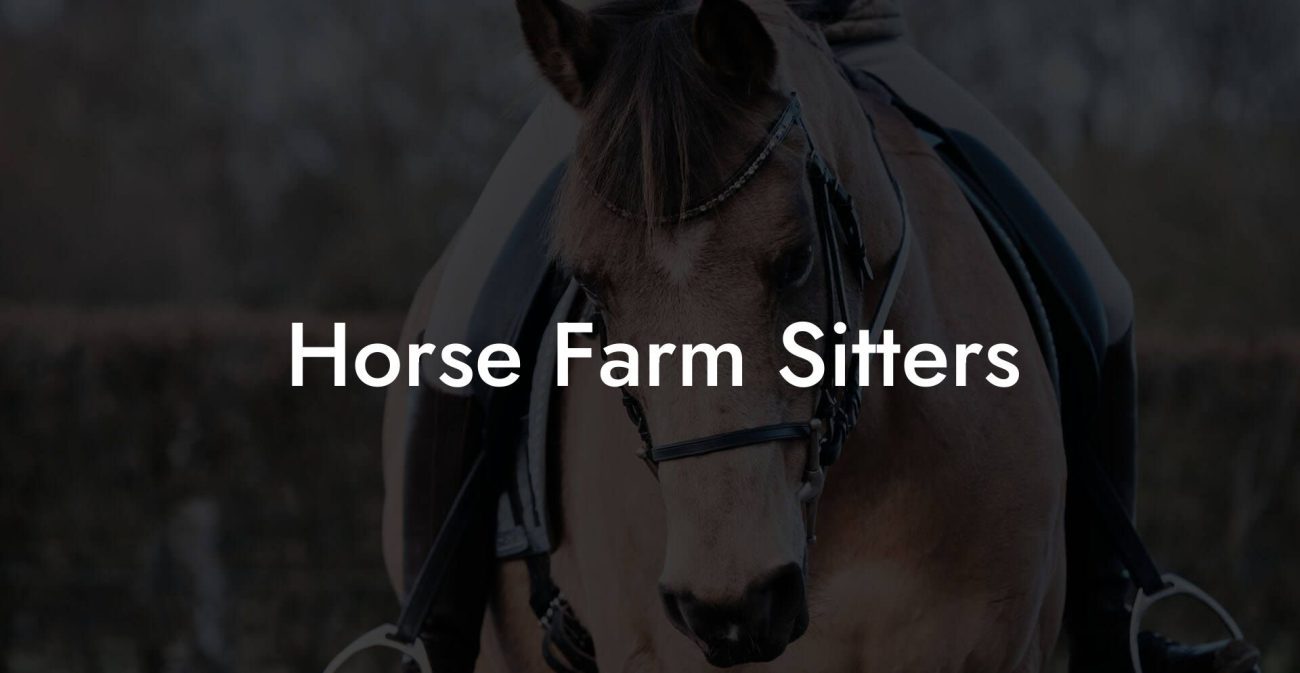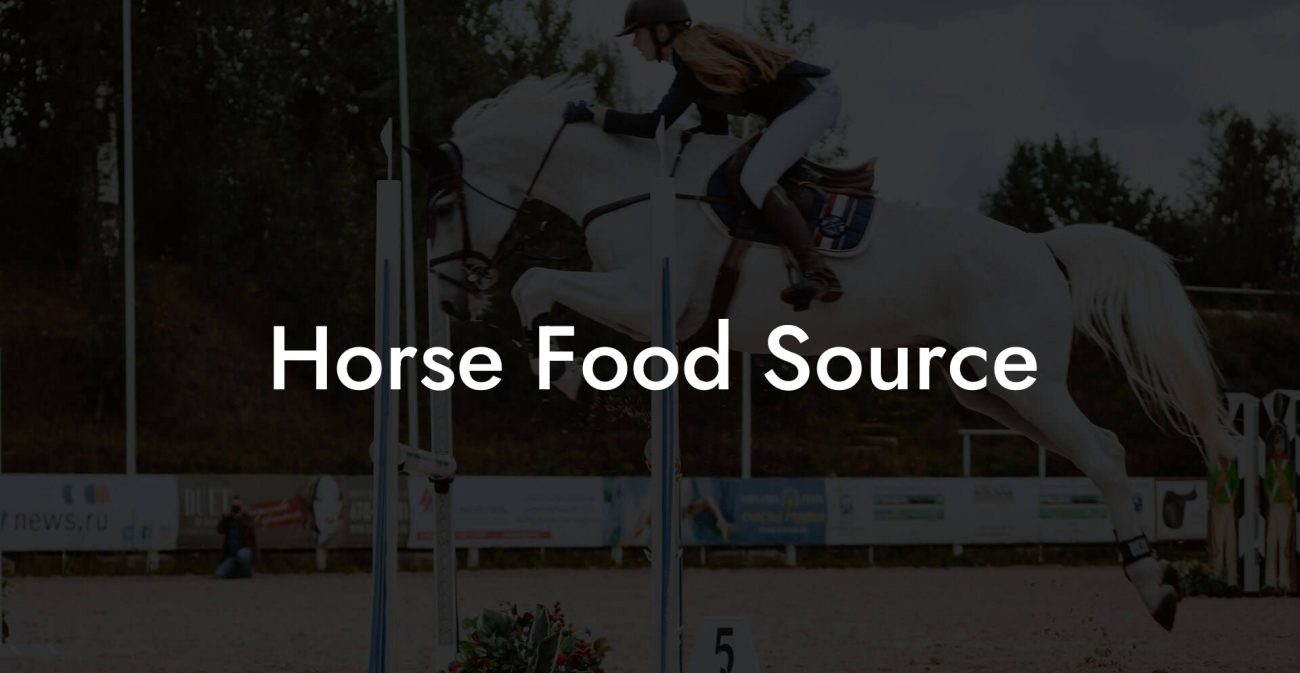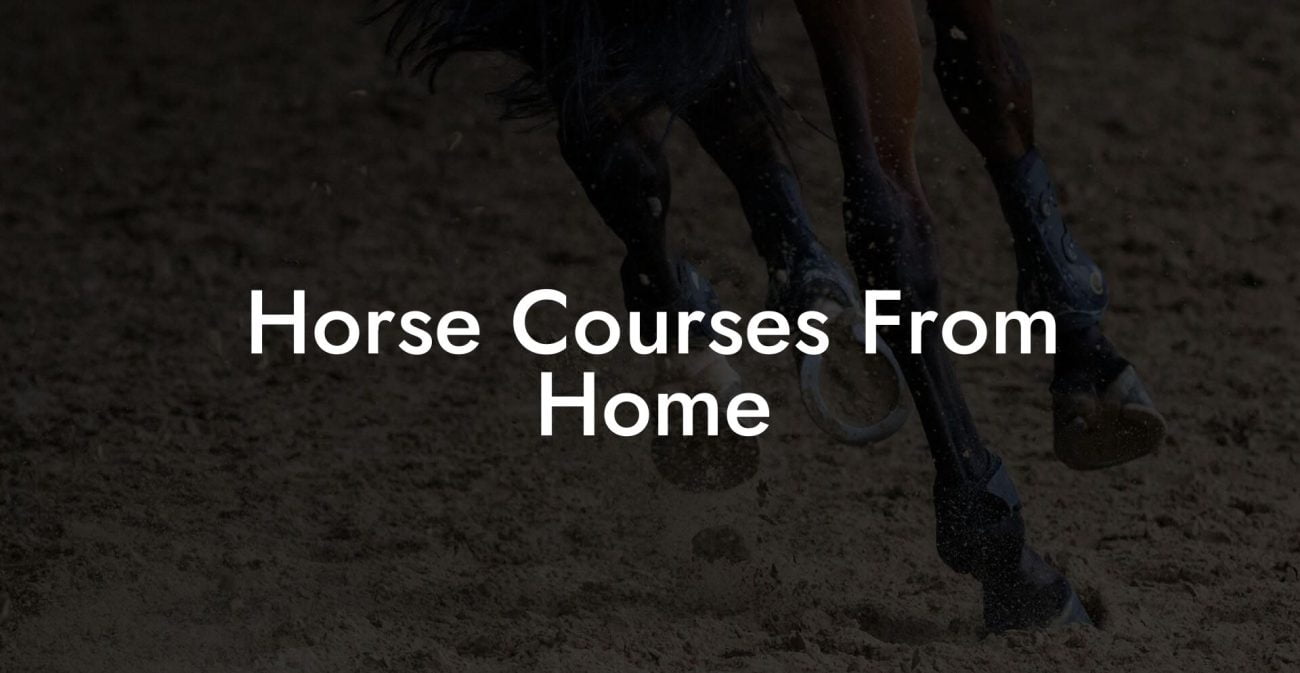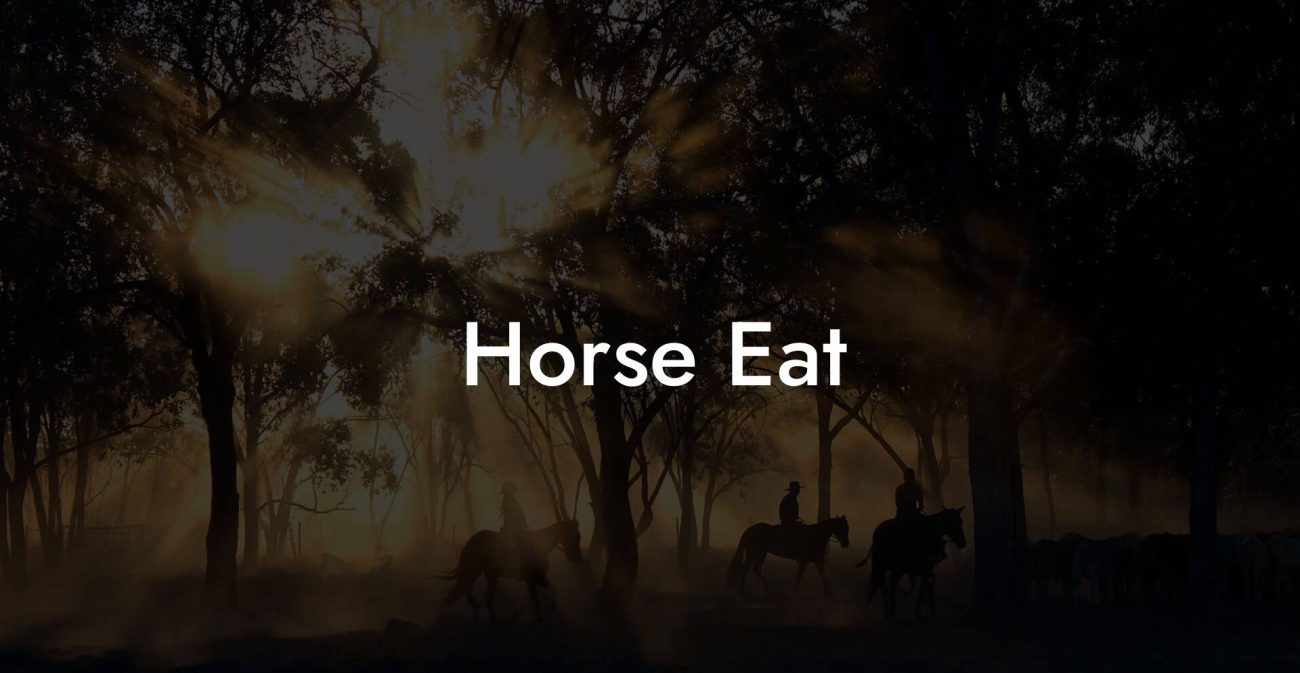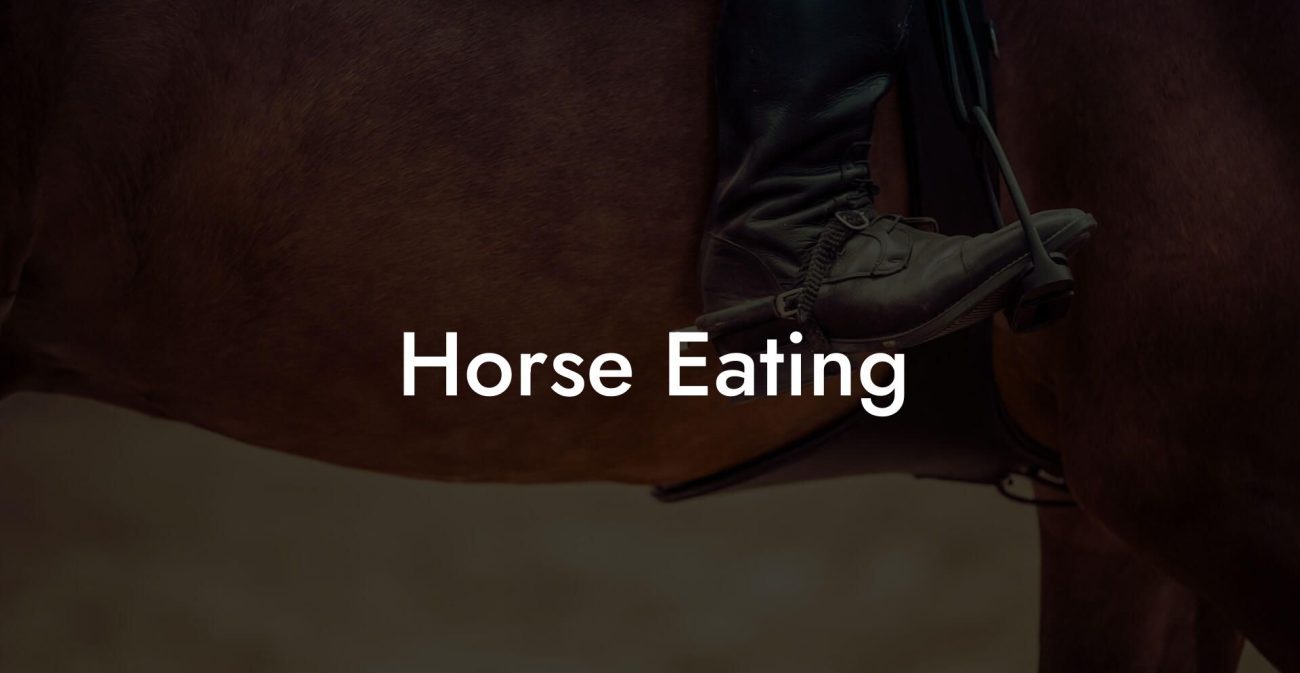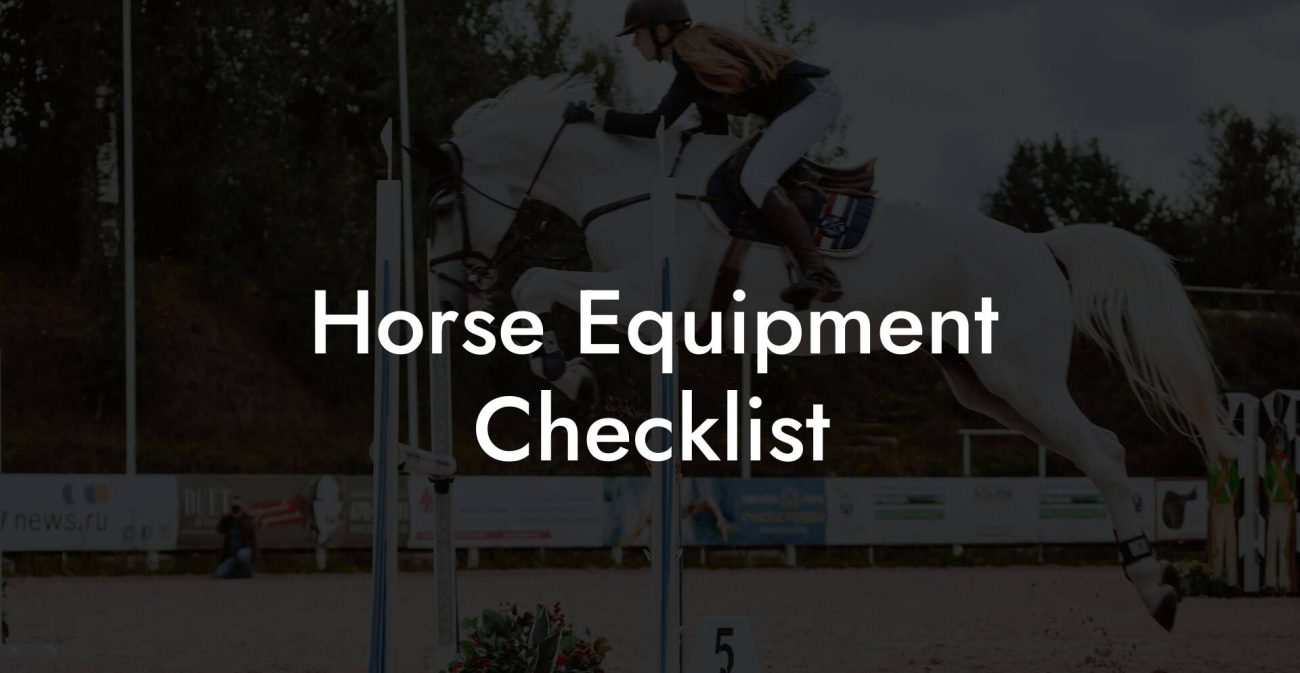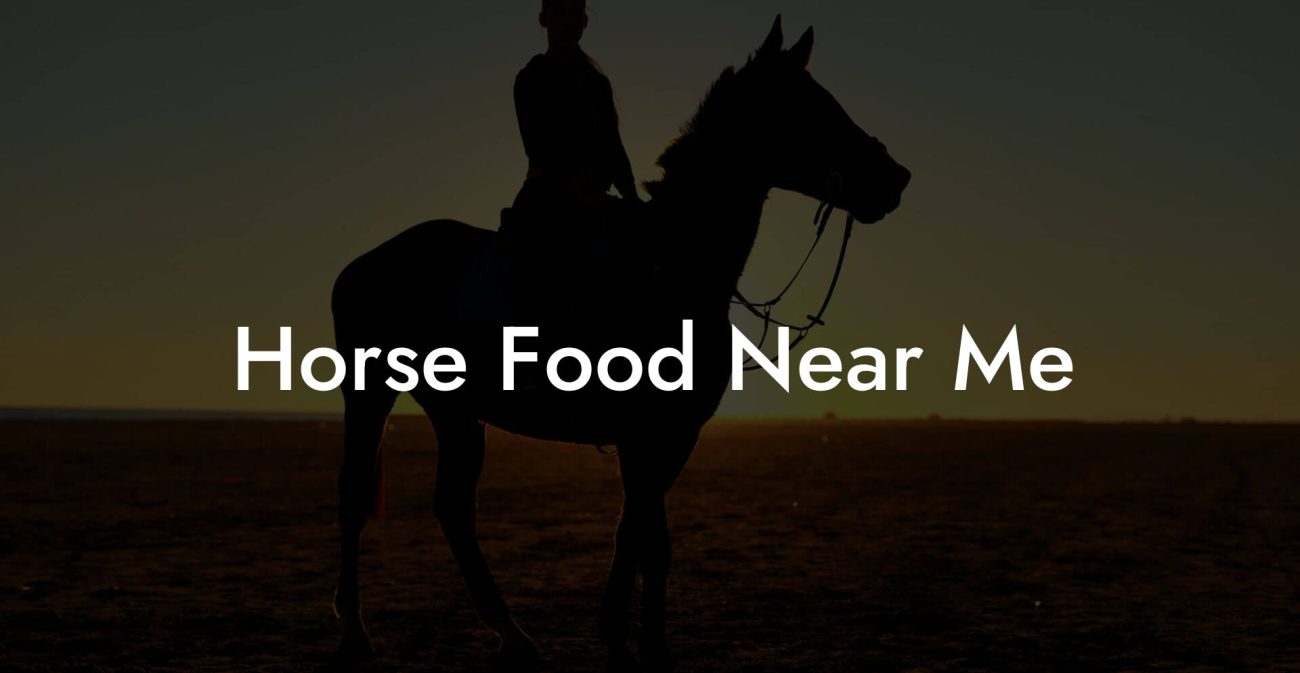Ever wondered how to transform your horse’s diet from “meh” to magical? The art of balancing horse concentrate isn’t just about tossing grains into a bucket, it’s a careful science that can elevate your equine’s performance, health, and overall happiness. In this comprehensive guide, we’re diving hoof-first into the world of the “Horse Concentrate Amount Chart.” Whether you’re a seasoned equestrian or a newbie who’s just started exploring the ins and outs of horse nutrition, this article is your go-to resource for all things concentrate feeding.
Quick Links to Useful Sections
- Understanding Horse Concentrate Feeding
- The Science Behind the Chart: Key Nutritional Components
- Key Factors in Determining the Right Concentrate Amount
- 1. Age and Growth Stage
- 2. Workload and Performance Level
- 3. Body Weight and Condition
- 4. Forage Quality and Availability
- 5. Specific Health Issues and Metabolic Concerns
- Types of Concentrates: Exploring Your Options
- Cereal Grains
- Pelleted Feeds
- Sweet Feeds and Mash
- Contract Feeds
- Interpreting the Horse Concentrate Amount Chart
- Understanding the Columns and Rows
- Adjusting for Exercise Levels
- Seasonal Variations
- Monitoring and Adjusting in Real-Time
- Practical Tips for Feeding Concentrates
- Start Slow and Steady
- Measure Accurately
- Mix and Match With Forage
- Monitor Behavioral Changes
- Stay Hydrated
- Integrating Concentrate Feeding into a Holistic Equine Nutrition Plan
- Forage First!
- Supplementation and Vitamins
- Exercise, Rest, and Recovery
- Regular Veterinary Check-Ups
- Case Studies: Real-Life Transformations in Equine Nutrition
- Case Study 1: The High-Performance Jumper
- Case Study 2: Growing Up Gracefully
- Case Study 3: Managing Metabolic Sensitivities
- Common Challenges and How to Overcome Them
- Overfeeding and Obesity
- Digestive Upsets
- Inconsistent Forage Quality
- Behavioral Issues at Feeding Time
- Resources and Community Support: Your Next Steps
- Frequently Asked Questions About Horse Concentrate Amounts
- Your Journey to a Balanced, Energy-Filled Equine Diet
Understanding Horse Concentrate Feeding
When you think of feeding a horse, all you might picture is a bucket of oats and hay. But modern equine nutrition is far more nuanced. The term “concentrates” refers to highly nutritious grains, pellets, and other feed items that pack calories, proteins, vitamins, and minerals into a small serving size. Unlike forages like hay or pasture, concentrates deliver a dense burst of energy and are essential during periods of high performance, growth, or when the quality of forage is lacking.
Why is it so crucial to get the concentrate amount right? Because horses have sensitive digestive systems, and overfeeding concentrates can lead to issues such as colic, laminitis, or obesity, while underfeeding may result in energy deficits and poor muscle development. The Horse Concentrate Amount Chart is designed to guide you through the balancing act, helping you calculate the ideal amount based on factors such as age, weight, level of activity, and specific performance goals.
Integrating a proper concentrate feeding plan is like curating the perfect playlist for your favorite road trip, each element needs to come together seamlessly to produce harmony. With a little bit of science, some trial and error, and a dash of creativity, you can ensure that your horse takes full advantage of every nutrient-packed bite.
The Science Behind the Chart: Key Nutritional Components
At the heart of the Horse Concentrate Amount Chart lies a blend of nutritional science and practical experience. Let’s break down some of the key components:
- Energy: Derived primarily from carbohydrates and fats, the energy content of concentrates is essential for powering those long rides and show-jumping events. Energy balance is crucial, as too much can lead to fat deposition, while too little can affect stamina and recovery.
- Protein: Protein is the building block for muscle repair and growth. Young, growing horses or those recovering from intense training sessions often require higher protein levels, which are supported by quality concentrates.
- Vitamins and Minerals: Concentrates are fortified with essential vitamins and minerals like selenium, copper, and zinc, which are critical for bone health, immune function, and overall metabolism.
- Fatty Acids: Good fats help in nutrient absorption and can provide a concentrated energy source without the bulk of carbohydrates. Omega fatty acids, in particular, have anti-inflammatory properties that benefit joint health.
Understanding these components gives you a solid foundation to appreciate why the timing and amount of concentrate feeding play such a pivotal role in your horse’s overall health and performance.
Key Factors in Determining the Right Concentrate Amount
There isn’t a one-size-fits-all solution to feeding concentrates. Several factors come into play when determining the correct amount for your horse:
1. Age and Growth Stage
Younger horses, especially foals and yearlings, have dynamic energy needs due to rapid growth and development. Their concentrate diet needs to be carefully measured to prevent excessive weight gain while still providing enough energy for muscle and bone growth.
2. Workload and Performance Level
For the high-performance athlete, be it a racehorse, jumper, or eventer, the demand for concentrates is higher. These horses burn through calories at an accelerated pace, making it essential to offer energy-dense feeds that support endurance, speed, and muscle recovery.
3. Body Weight and Condition
Horses with a leaner frame or those that are underweight may require a higher proportion of concentrates to build and maintain muscle mass. Conversely, overweight horses should have their concentrate intake carefully moderated to avoid further weight gain.
4. Forage Quality and Availability
The foundation of any equine diet is forage. When quality hay or pasture is abundant, the need for concentrates might decrease. However, during seasonal changes or in regions with poor forage quality, concentrates step in to fill the nutritional gap.
5. Specific Health Issues and Metabolic Concerns
Some horses have unique metabolic needs or health issues, such as insulin resistance or digestive sensitivities. Customizing the concentrate amount and type for such horses is critical to managing these conditions effectively.
Considering each of these factors not only informs the amount of concentrate to feed but also steers you toward the type of concentrate that best meets your horse’s nutritional demands.
Types of Concentrates: Exploring Your Options
Concentrates come in many flavors, literally and figuratively. From grains to pelleted feeds, each type offers a different profile of nutrients, digestibility, and convenience. Let’s explore the primary types:
Cereal Grains
Oats, barley, and corn are common cereal grains used in horse feeds. These grains are rich in carbohydrates, providing an immediate source of energy. Oats, in particular, are favored for their digestibility and balanced nutrient profile.
Pelleted Feeds
Pelleted concentrates are a blend of grains, proteins, vitamins, and minerals, compressed into a convenient, uniform shape. They reduce the risk of selective feeding, ensuring your horse gets a balanced share of nutrients with every bite.
Sweet Feeds and Mash
These concentrates combine grains with molasses, making them highly palatable. They’re an excellent choice for picky eaters or horses that need a boost in energy due to their appealing taste.
Contract Feeds
Aimed at performance horses, contract feeds are specially formulated by nutrition experts to meet stringent racing or performance standards. These often include proprietary blends that target muscle recovery and energy efficiency.
Each type of concentrate should be chosen based on your horse’s individual needs, and the Horse Concentrate Amount Chart can be your trusted guide in making these decisions.
Interpreting the Horse Concentrate Amount Chart
The chart isn’t just a static table, it’s an adaptable tool designed to help you determine the appropriate volume of concentrate feed for your horse. Here are some tips and insights on how to use the chart effectively:
Understanding the Columns and Rows
Typically, the chart will have columns representing factors like horse weight, activity level, and feed type, while the rows indicate recommended concentrate amounts. Get familiar with the legends and units of measurement used (e.g., pounds, kilograms, or cups) so you can translate the chart’s recommendations accurately.
Adjusting for Exercise Levels
The amount of concentrate needed can vary drastically depending on whether your horse is used for light leisure rides or intense training routines. Many charts provide different feeding rates based on workout intensity. For highly active horses, even a small increase in the volume of concentrates can substantially impact energy supply and recovery.
Seasonal Variations
Seasonal shifts can affect both the quality of forage and the energy requirements of your horse. In the winter months or during drought periods, higher concentrate amounts might be necessary to maintain body condition. Conversely, in seasons of abundant forage, you might scale back on concentrates.
Monitoring and Adjusting in Real-Time
The chart is a starting point. Always observe your horse’s body condition, performance, and overall health. If your horse seems overly energetic, gains weight too quickly, or shows signs of digestive disturbances, it’s time to review and possibly adjust the feeding program. The key to successful concentrate feeding is flexibility and keen observation.
Practical Tips for Feeding Concentrates
Feeding concentrates is as much an art as it is a science. Here are some actionable tips to make the process easier and more effective for you and your horse:
Start Slow and Steady
If you’re introducing concentrates into your horse’s diet for the first time, start with small amounts. Gradually increase the quantity over several weeks, allowing the digestive system to adapt to the new feed.
Measure Accurately
Invest in a reliable scale or measuring tools to ensure you’re feeding precise amounts. Consistency is key, using the recommended amounts from the chart helps prevent overfeeding or underfeeding.
Mix and Match With Forage
Concentrates should complement, not completely replace, forage. Mix them with high-quality hay or fresh pasture to maintain a balanced diet. This combination also supports proper digestion and reduces the risk of colic.
Monitor Behavioral Changes
Pay close attention to your horse’s behavior after feeding. Increased irritability, lethargy, or digestive upsets may indicate that the concentrate amount needs tweaking. Keep a feeding log to track changes and share this information with your veterinarian or nutritionist.
Stay Hydrated
Adequate water intake is critical when feeding concentrates. Ensure that your horse has free access to clean, fresh water at all times. Hydration plays a pivotal role in digestion and nutrient absorption.
By implementing these tips, you can create a feeding environment that not only maximizes nutritional benefits but also protects your horse from potential health hazards.
Integrating Concentrate Feeding into a Holistic Equine Nutrition Plan
Concentrates don’t exist in a vacuum. Their benefits are amplified when integrated into a broader, holistic equine nutrition plan. This plan places equal emphasis on forage, supplements, and overall management practices to create a well-rounded dietary approach.
Forage First!
A good rule of thumb: forage should make up at least 70-80% of your horse’s daily intake. Concentrates are there to support energy requirements and nutritional gaps, not to replace the roughage that helps maintain a healthy gut.
Supplementation and Vitamins
Depending on your horse’s specific needs, you might consider supplements such as probiotics, omega-3 fatty acids, or joint-support formulations. These can work synergistically with concentrate feeding to enhance digestion, boost immunity, and support joint health.
Exercise, Rest, and Recovery
Nutrition is only one piece of the performance puzzle. Adequate exercise, rest, and recovery are equally important. A well-fed horse paired with a balanced exercise regimen is more likely to perform at its peak, recover quickly, and stave off common ailments.
Regular Veterinary Check-Ups
Work closely with your veterinarian to monitor your horse’s health. Routine check-ups can help catch potential issues early and ensure that your feeding plan is aligned with its overall health goals.
Integrating concentrate feeding into a holistic nutrition strategy ensures that every calorie, protein, and vitamin is working in harmony to support your horse’s overall well-being.
Case Studies: Real-Life Transformations in Equine Nutrition
Sometimes, the best way to understand the power of a well-executed concentrate feeding plan is through real-life examples. Here are a few case studies that demonstrate the transformative impact of using the Horse Concentrate Amount Chart as part of a holistic nutrition plan:
Case Study 1: The High-Performance Jumper
Bella, a once underperforming jumper, struggled with inconsistent energy levels and occasional lameness. Her trainer, after consulting the concentrate amount chart and re-assessing her forage quality, re-formulated her diet. By integrating a high-protein pelleted feed with controlled portions of oats and barley, Bella’s stamina and jump height improved dramatically. Her recovery times shortened, and her overall health stabilized, demonstrating how precise nutrition can unlock hidden potential.
Case Study 2: Growing Up Gracefully
Rocky, a yearling with boundless energy and a lean frame, was at a risk of undernourishment despite his playful spirit. His caretaker, armed with the insights from the concentrate chart, introduced a carefully measured mix of concentrates to complement his high-quality forage. Over several months, Rocky’s muscle tone improved, his growth rate became steady, and he developed into a robust, well-balanced young horse.
Case Study 3: Managing Metabolic Sensitivities
Luna, a mature mare with a predisposition to insulin resistance, required a delicate balance between energy supply and weight management. By leveraging the concentrate amount chart and judiciously selecting feeds with lower starch and sugar levels, Luna’s caretaker was able to manage her energy levels without exacerbating her metabolic issues. Regular adjustments and careful monitoring helped Luna maintain an ideal body condition, proving that even horses with sensitivities can thrive on a well-planned diet.
These examples underscore the transformative potential of a well-crafted concentrate feeding plan. From boosting performance to managing special dietary needs, the chart offers a roadmap for success.
Common Challenges and How to Overcome Them
Despite the best intentions and meticulous planning, equine nutrition can sometimes throw unexpected curveballs. Here are some common challenges and practical solutions to help you stay on track:
Overfeeding and Obesity
Too many concentrates can lead to rapid weight gain and the risk of obesity. Ensure you monitor your horse’s body condition score (BCS) regularly and adjust feeding amounts accordingly. Remember: even when your horse is hungry for palatable treats, portion control is key.
Digestive Upsets
Digestive disturbances, including colic or ulcers, can result from sudden changes in feed or incorrect concentrate ratios. Transition gradually from one type of feed to another and always ensure access to plenty of high-quality forage. If digestive issues persist, consult with an equine nutritionist or veterinarian to fine-tune your feeding strategy.
Inconsistent Forage Quality
Seasonal variations and regional differences in forage quality may require you to compensate with higher concentrate amounts at times. In such cases, using the chart as a dynamic tool rather than a static set of rules can help you adapt your feeding plan based on forage availability.
Behavioral Issues at Feeding Time
Some horses can become territorial or aggressive when concentrates are around. Employ techniques such as feeding in groups, using multiple feed buckets, or scheduling feedings at different times to mitigate these behavioral issues. Creating a calm feeding environment is essential for your horse’s overall well-being.
By addressing these common hurdles with informed strategies, you can create a feeding regime that is not only effective on paper but also practical in the arena.
Resources and Community Support: Your Next Steps
Navigating the world of equine nutrition can feel overwhelming at times, but you’re not alone in this journey. There’s a vibrant community of equestrians, nutrition experts, and veterinarians eager to share insights and support. Consider joining online forums, local equine clubs, or social media groups where you can ask questions, swap success stories, and learn about the latest advancements in horse concentrate feeding.
Additionally, numerous resources, ranging from books and research papers to webinars and workshops, can provide deeper insights into effective feeding strategies. Whether you’re searching for the latest findings on metabolic syndromes in horses or trying to understand the nuances of the Horse Concentrate Amount Chart, the world is your oyster. Engage with trusted sources, attend events, and network with fellow horse lovers to continuously refine your feeding program.
As you take your next steps, remember that every great journey starts with a single step, a measured scoop of concentrate, a well-planned meal, and a commitment to your horse’s health. Your proactive approach can lead to long-lasting improvements in performance, well-being, and the special bond you share with your equine companion.
Frequently Asked Questions About Horse Concentrate Amounts
Here are some of the most common questions horse owners ask about concentrate feeding, along with expert answers to help you refine your feeding strategy:
1. What exactly are concentrates in a horse’s diet?
Concentrates refer to energy-dense feeds such as grains, pellets, and sweet feeds, which provide a high level of carbohydrates, proteins, vitamins, and minerals in a small volume. They complement the forage portion of a horse’s diet, particularly during periods of high energy demand.
2. How do I determine the correct amount of concentrate for my horse?
The ideal concentrate amount depends on factors such as your horse’s age, body weight, activity level, forage quality, and any specific health concerns. The Horse Concentrate Amount Chart serves as a guide to help tailor the feed amount based on these factors.
3. Can overfeeding concentrates lead to health issues?
Yes, overfeeding can result in digestive problems, weight gain, colic, and metabolic issues. It is essential to adhere closely to the recommended guidelines and monitor your horse’s body condition regularly.
4. When should I consider increasing or decreasing concentrate amounts?
Adjust feeding levels based on factors such as changes in workload, seasonal forage quality, weight gain or loss, and overall health. Regular consultations with a veterinarian or equine nutritionist can help fine-tune your strategy.
5. How can I safely introduce concentrates to a horse unfamiliar with them?
Introduce concentrates gradually over a couple of weeks, mixing small amounts with the existing forage. This allows the digestive system to adjust without causing disturbances.
6. Are there specific concentrates recommended for high-performance horses?
Yes, high-performance horses often benefit from specially formulated contract feeds or high-protein pellets designed to support intense physical activity, muscle recovery, and endurance.
7. What role does forage play in a regimen that includes concentrates?
Forage should constitute the majority of your horse’s diet as it supports digestive health, fibrous intake, and overall gut function. Concentrates serve as a supplement to meet additional energy and nutrient needs.
8. How often should I re-assess my horse’s feeding plan?
It’s recommended to evaluate your horse’s diet regularly, ideally each season or whenever you notice changes in body condition or performance, to adjust concentrate amounts as needed.
Employing responsive adjustments based on real-time observations is key to maintaining optimal equine nutrition.
Your Journey to a Balanced, Energy-Filled Equine Diet
Achieving the perfect balance in your horse’s diet is both an art and a science. By leveraging tools like the Horse Concentrate Amount Chart, you’re not just feeding your horse, you’re fueling a vibrant, dynamic life filled with energy, strength, and boundless potential.
Every measurement, every scoop, and every calculated feed adjustment builds the foundation for health and performance. Remember, your equine companion is more than just an animal, they’re a partner in adventure, a co-architect of your shared journey, and a living testament to the benefits of thoughtful, informed nutrition.
Embrace the blend of creativity and science in your feeding practices. Let every bite be a step towards a future where your horse thrives, performing at its best and living life to the absolute fullest. Whether you’re at the barn with a cup of concentrate in hand or sharing tips with fellow enthusiasts online, you’re part of a vibrant community dedicated to the well-being of our majestic four-legged friends.
The journey toward the perfect equine diet starts here. Trust your instincts, heed expert advice, and let the Horse Concentrate Amount Chart be your trusty map along the way. Here’s to well-fed, happy horses, and to all the adventures that lie ahead.

